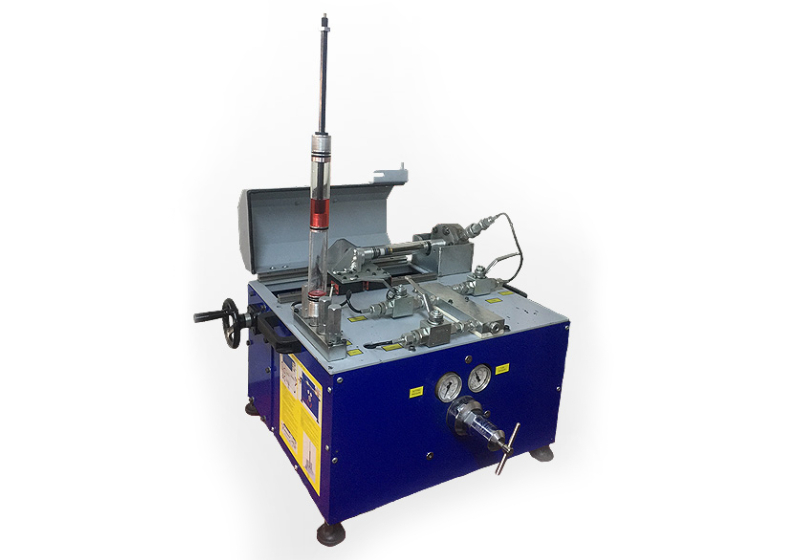How to Select the Right Gas Spring for Your Application: A Comprehensive Guide
Introduction:
Gas springs are a versatile type of spring used in a wide range of industrial and commercial applications. They offer advantages such as smooth and controlled motion, adjustable force, and reliability. However, selecting the right gas spring for your application can be challenging, especially if you're not familiar with their technical specifications. In this post, we'll provide you with a comprehensive guide on how to select the right gas spring for your application.
Understand Your Application Requirements:
The first step in selecting the right gas spring is to understand your application requirements. This includes factors such as the weight of the object you want to lift or lower, the required stroke length, and the operating environment. You should also consider any safety requirements, such as the need for locking gas springs to prevent accidental movement.
Calculate the Required Force:
Once you know your application requirements, you need to calculate the required force of the gas spring. This is determined by the weight of the object you want to lift or lower, the desired speed of motion, and the required damping force. There are online calculators available to help you with this calculation, or you can consult with a gas spring manufacturer for assistance.
Choose the Right Gas Spring Type:
There are different types of gas springs available, including standard, locking, traction, and stainless-steel gas springs. The right type of gas spring depends on your application requirements, such as the required force, stroke length, and operating environment. For example, locking gas springs are suitable for applications that require a high level of safety, while traction gas springs are suitable for applications that require a pulling force.
Consider Customization Options:
If you can't find a gas spring that meets your exact requirements, consider customization options. Gas springs can be customized in terms of force, stroke length, end fittings, and mounting options. A gas spring manufacturer can work with you to create a gas spring that meets your specific needs.
Check the Gas Spring Specifications:
Before purchasing a gas spring, check the specifications to ensure that it meets your requirements. This includes the force, stroke length, damping force, and operating temperature range. You should also check the manufacturer's warranty and quality assurance policies.
Conclusion:
Selecting the right gas spring for your application requires careful consideration of your application requirements, calculating the required force, choosing the right gas spring type, considering customization options, and checking the gas spring specifications. By following these steps, you can ensure that you select the right gas spring for your application and enjoy the benefits of a smooth and controlled motion.

